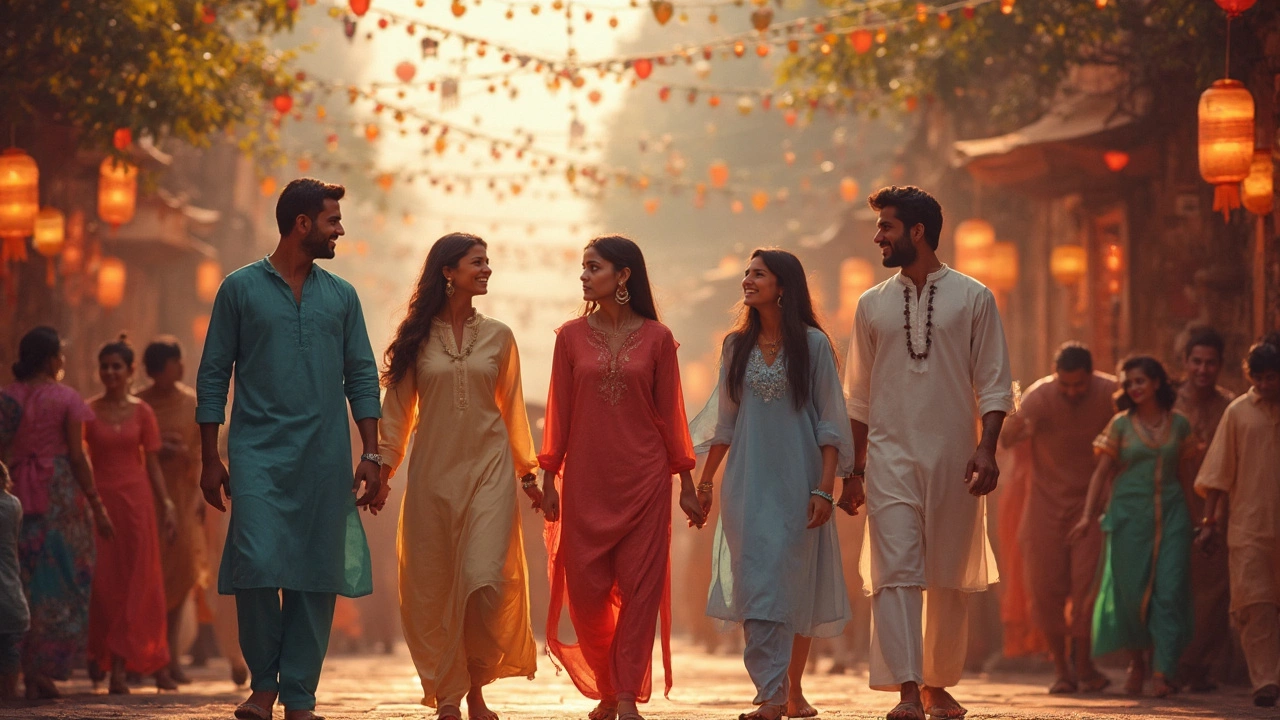Indian Tunic: What It Is, How It's Worn, and Why It Matters in Indian Fashion
When you think of traditional Indian clothing, one piece stands out across cities and villages: the Indian tunic, a loose, collarless upper garment worn by men and women across India, often paired with pants or skirts. Also known as a kurta, it’s not just fabric—it’s a cultural anchor that adapts to seasons, occasions, and personal style. Unlike Western shirts, it’s designed for comfort in heat, with flowing sleeves and a relaxed fit that moves with you. You’ll see it in Punjab, Tamil Nadu, Rajasthan, and even in urban apartments in Bangalore—worn with jeans, dhotis, or churidars, depending on the day.
The kurta, a specific type of Indian tunic with roots in Mughal and pre-colonial Indian attire, is often confused with other tunics, but it’s the most widely recognized form. It typically falls between the hips and knees, and its neckline can be round, mandarin, or V-shaped. In the north, it’s often embroidered with zari or mirror work; in the south, cotton versions with simple block prints dominate. The ethnic wear, a broad category that includes tunics, dhotis, saris, and lehengas worn during festivals and ceremonies category relies heavily on the tunic as its foundation. What makes it special isn’t just the cut—it’s how it bridges generations. Grandmothers wear them to temple, teens wear them to college, and designers remix them for runway shows—all without losing the essence.
There’s no single rule for how to wear an Indian tunic. In Kerala, men pair it with mundu; in Gujarat, women tuck it into a ghagra. During Diwali, you’ll spot silk kurtas with gold thread; during monsoons, it’s all about breathable cotton. Even in the diaspora, from London to Los Angeles, people keep the tunic alive—not as a costume, but as identity. It’s practical, versatile, and deeply personal. You don’t need to be Indian to wear one, but you do need to understand it’s not just clothing. It’s history stitched into thread.
Below, you’ll find articles that explore how the Indian tunic shows up in festivals, how it’s made in small towns, and how it connects to broader traditions—from the music of Punjab to the textile arts of Tamil Nadu. Whether you’re curious about fabric, function, or cultural meaning, these stories show why this one garment still holds so much power.
